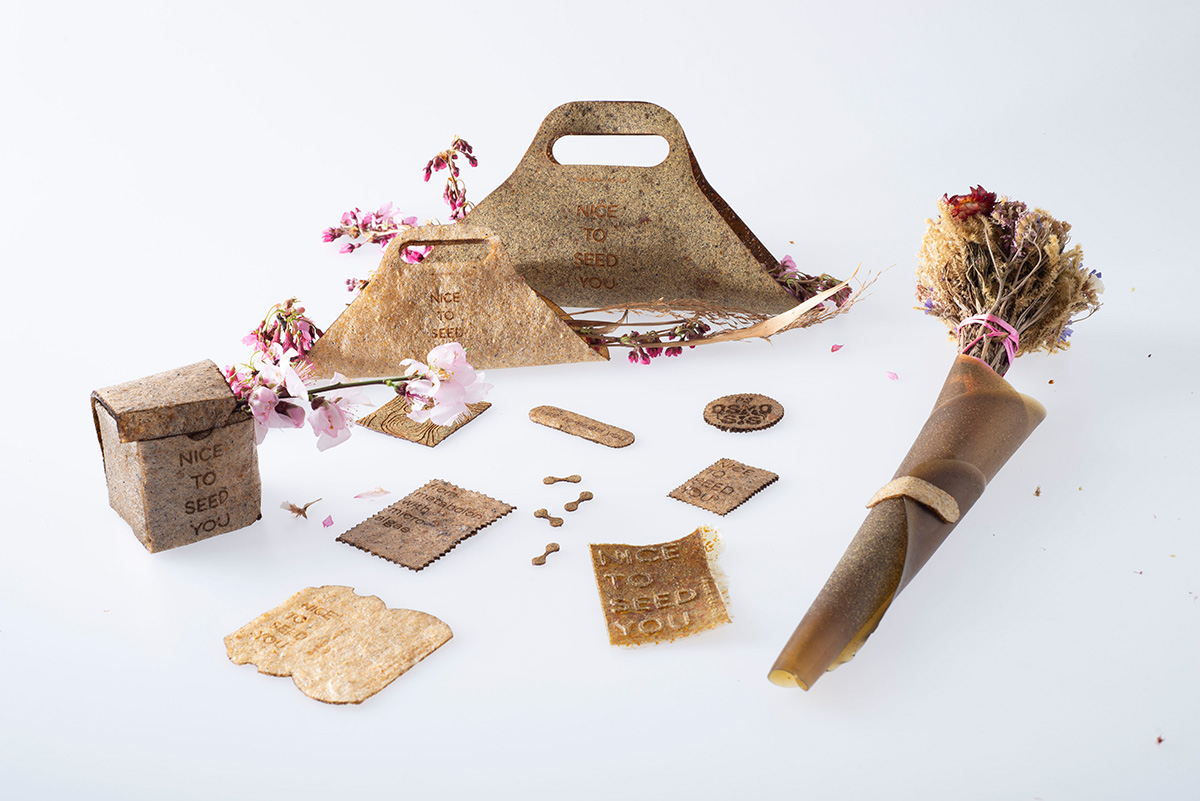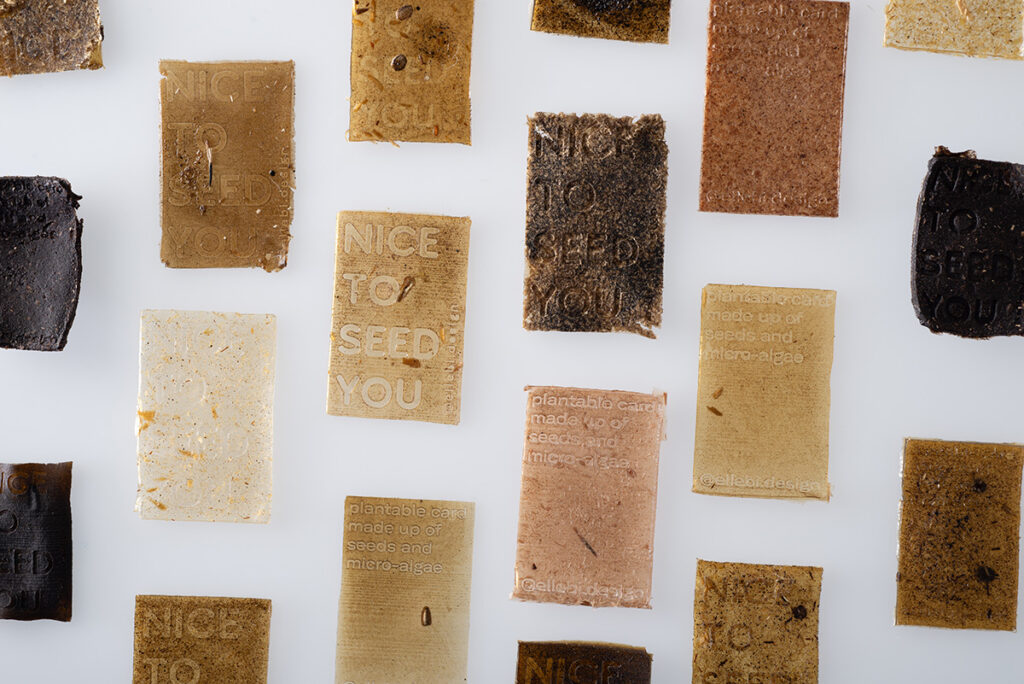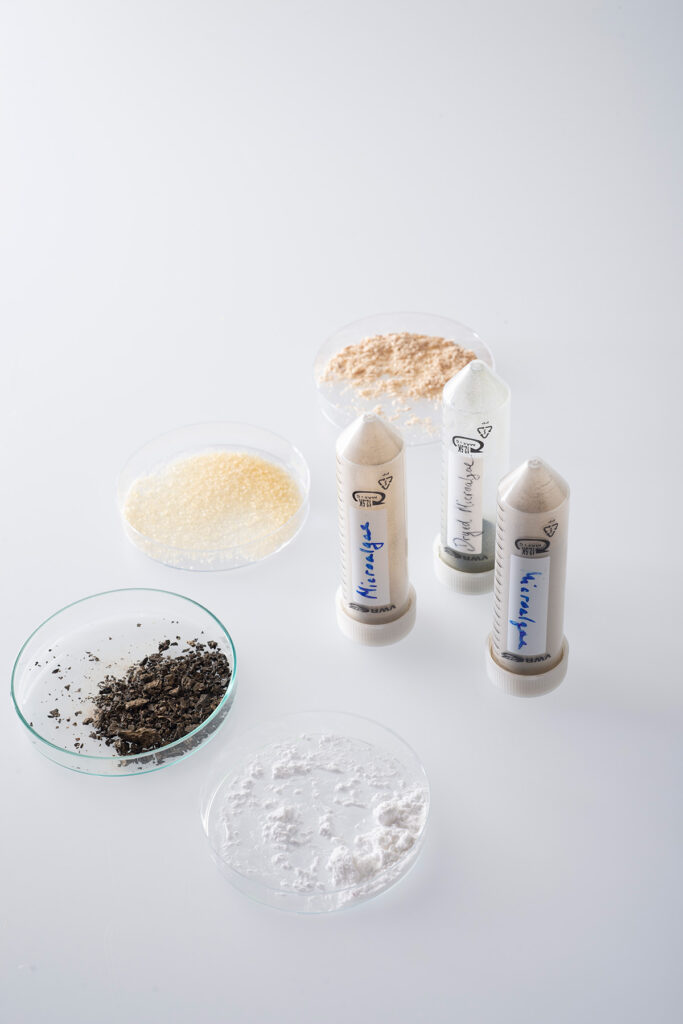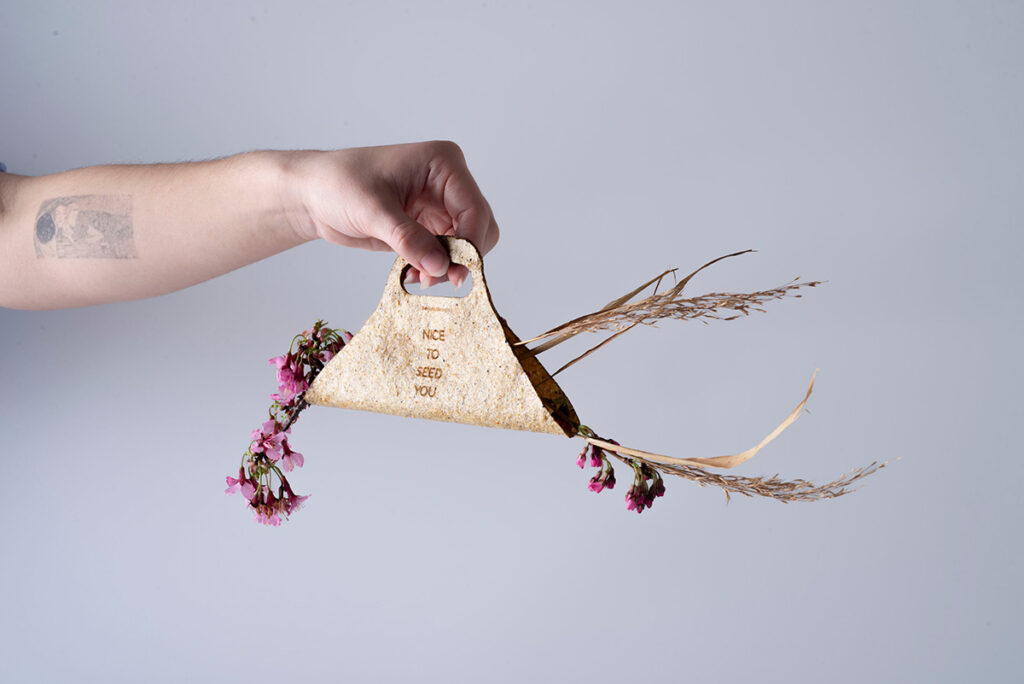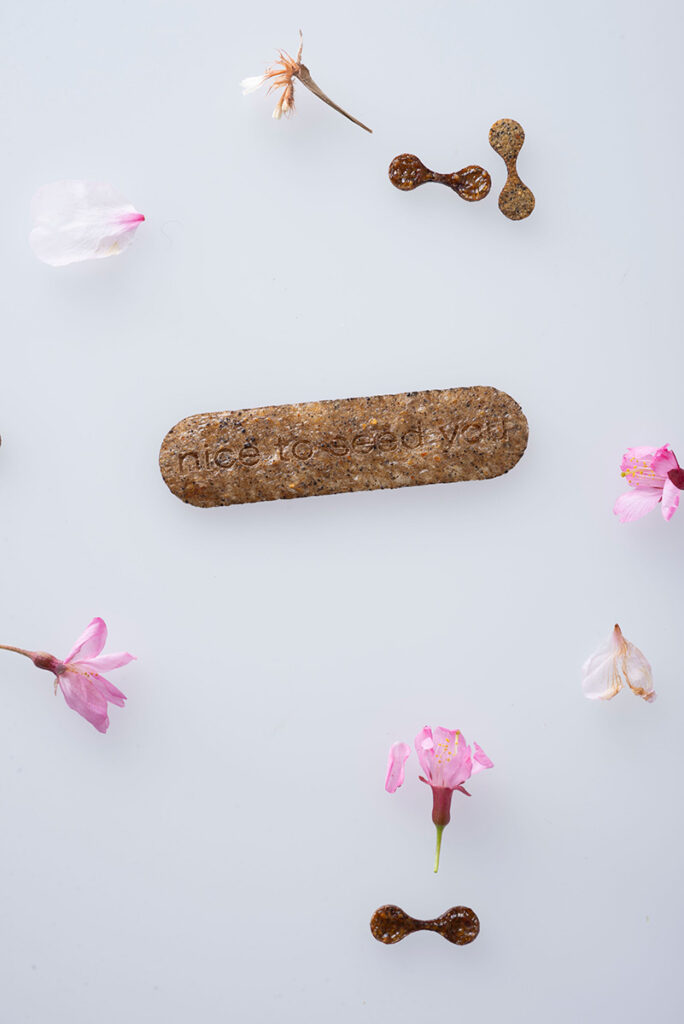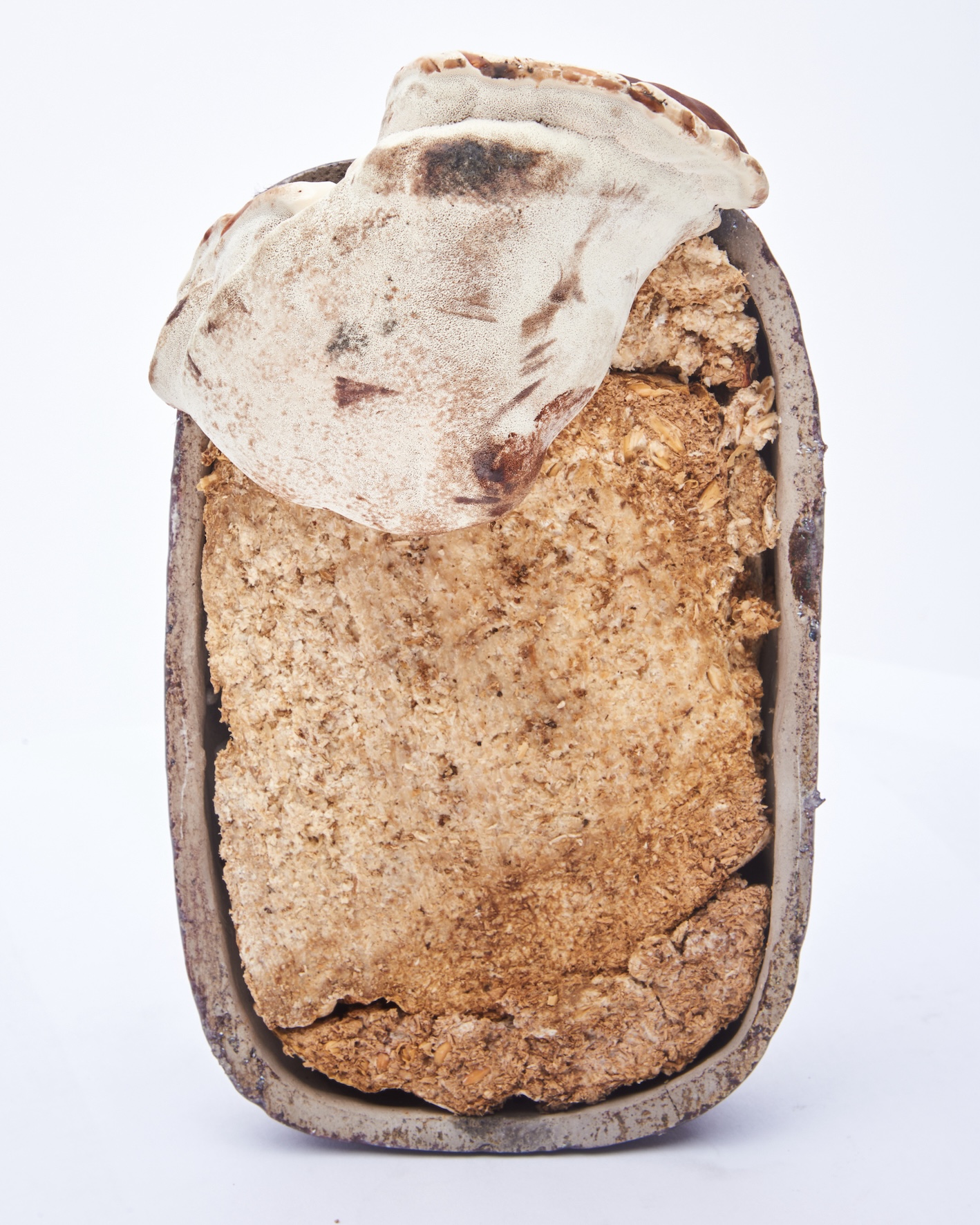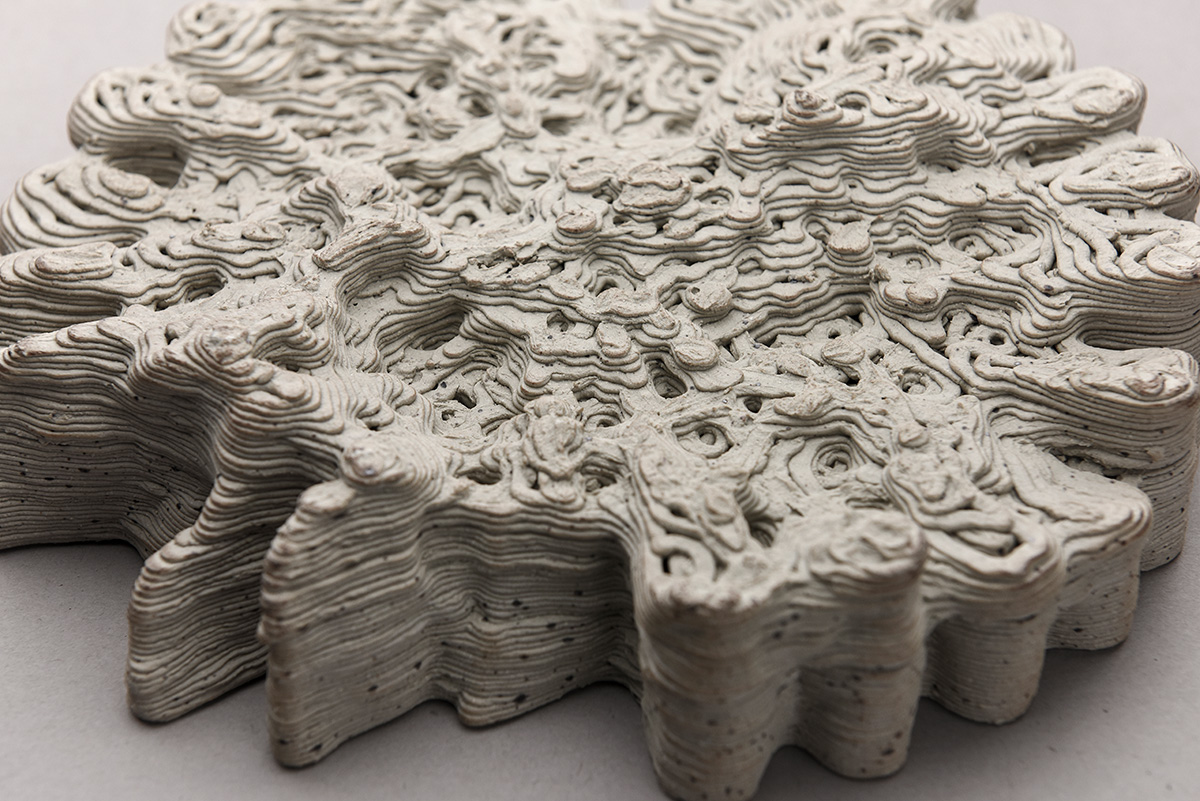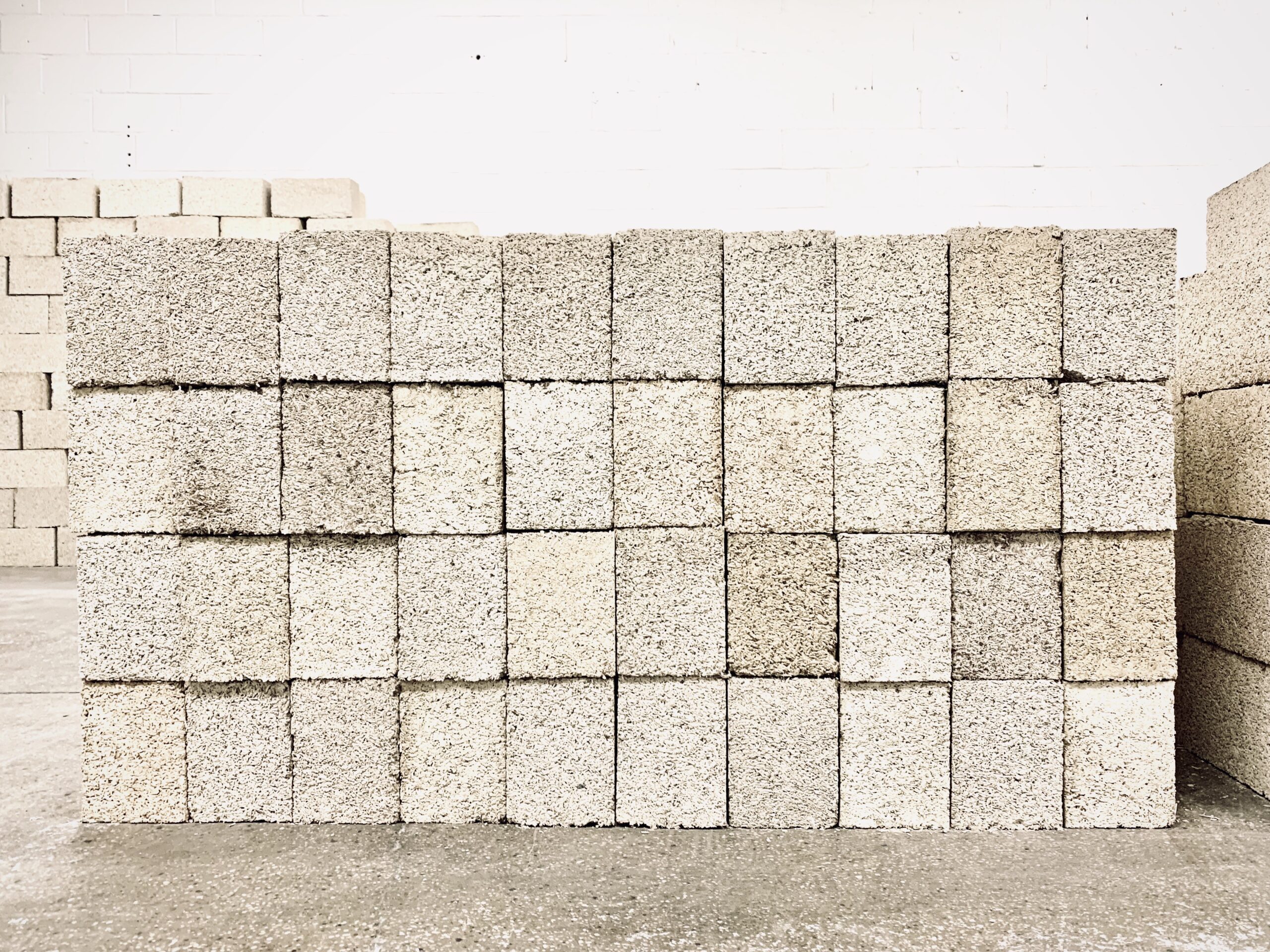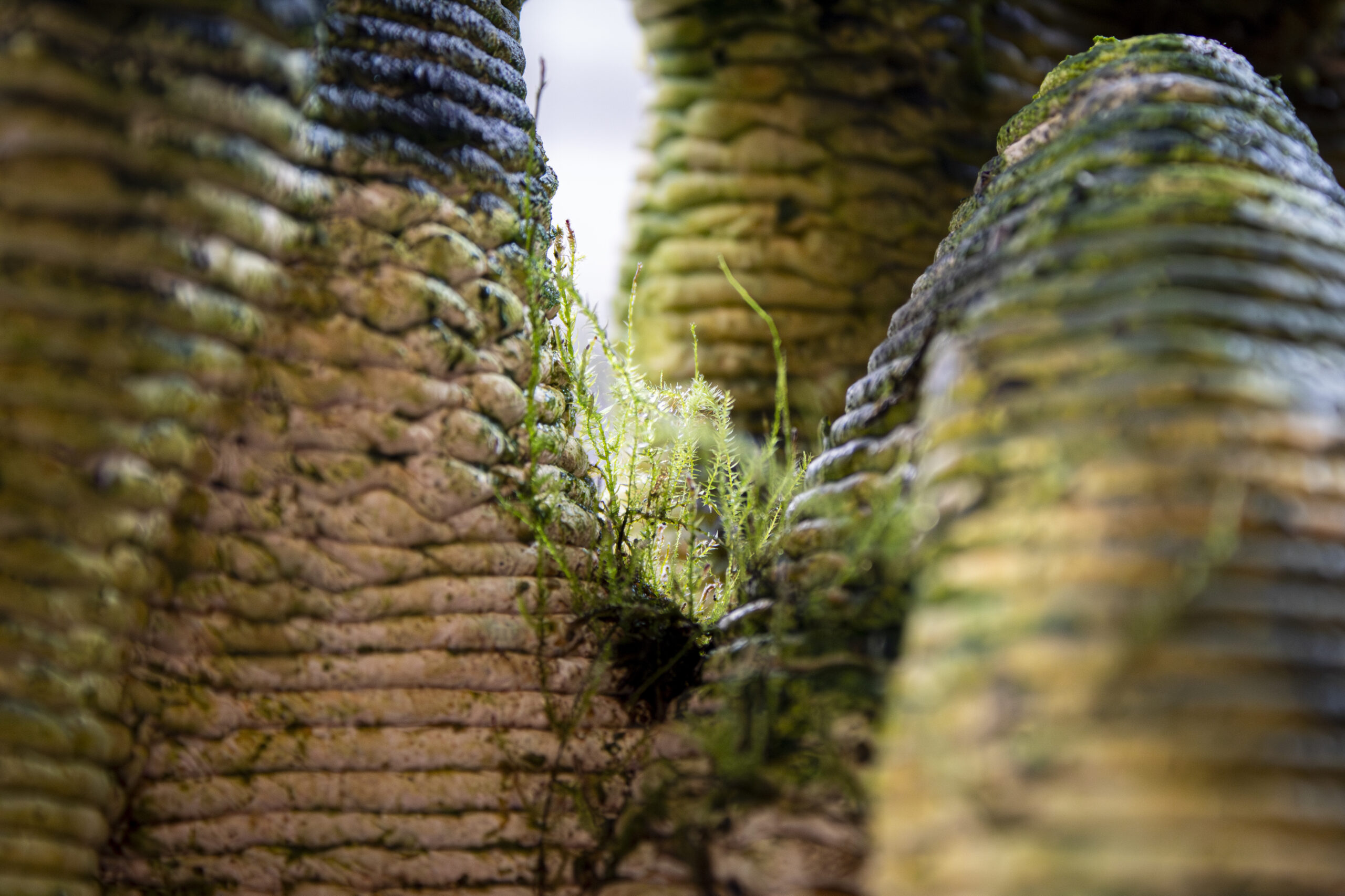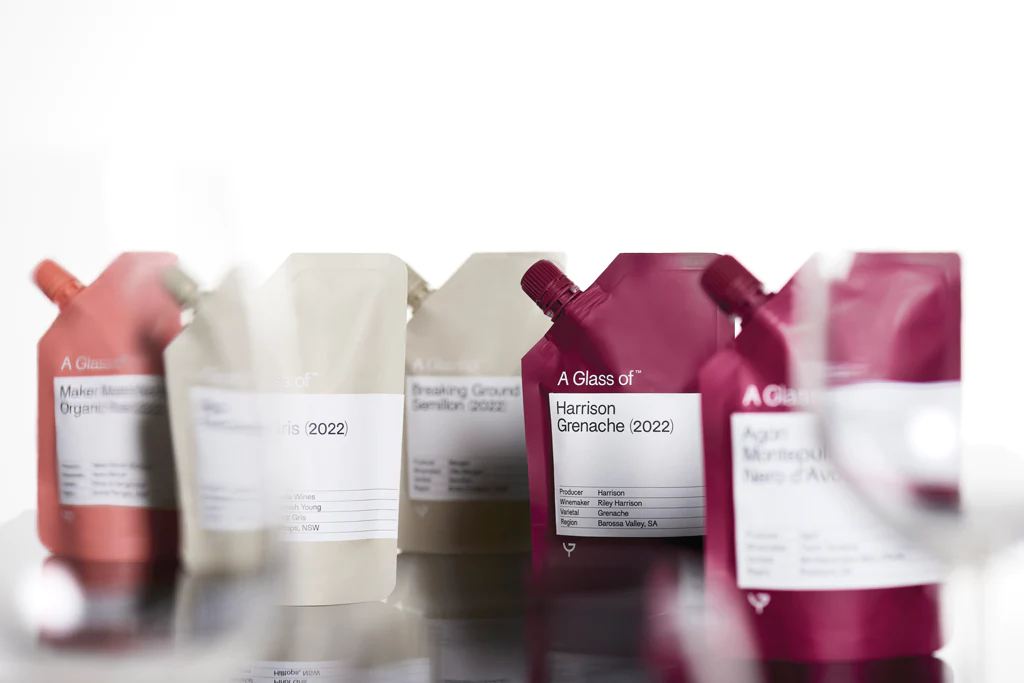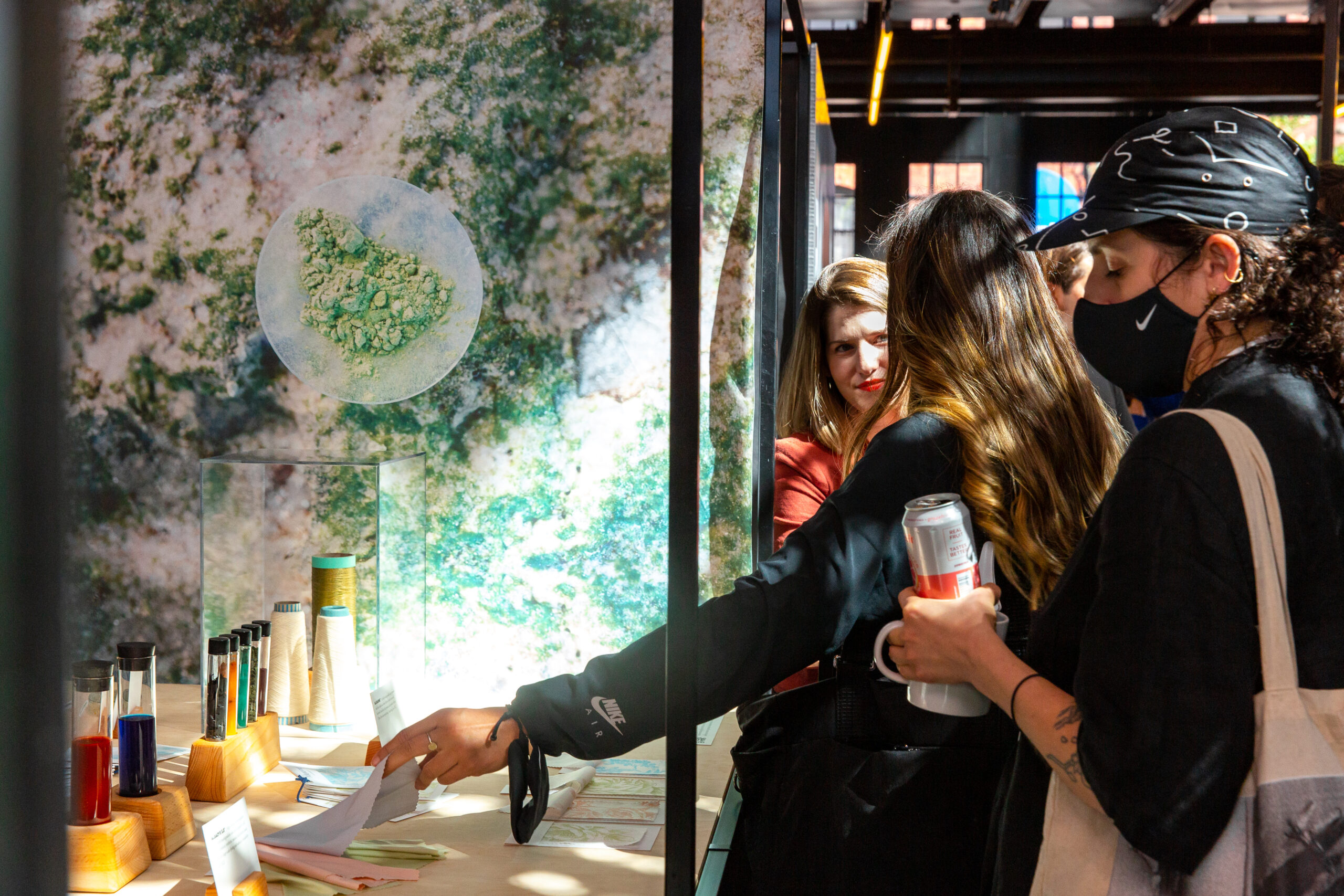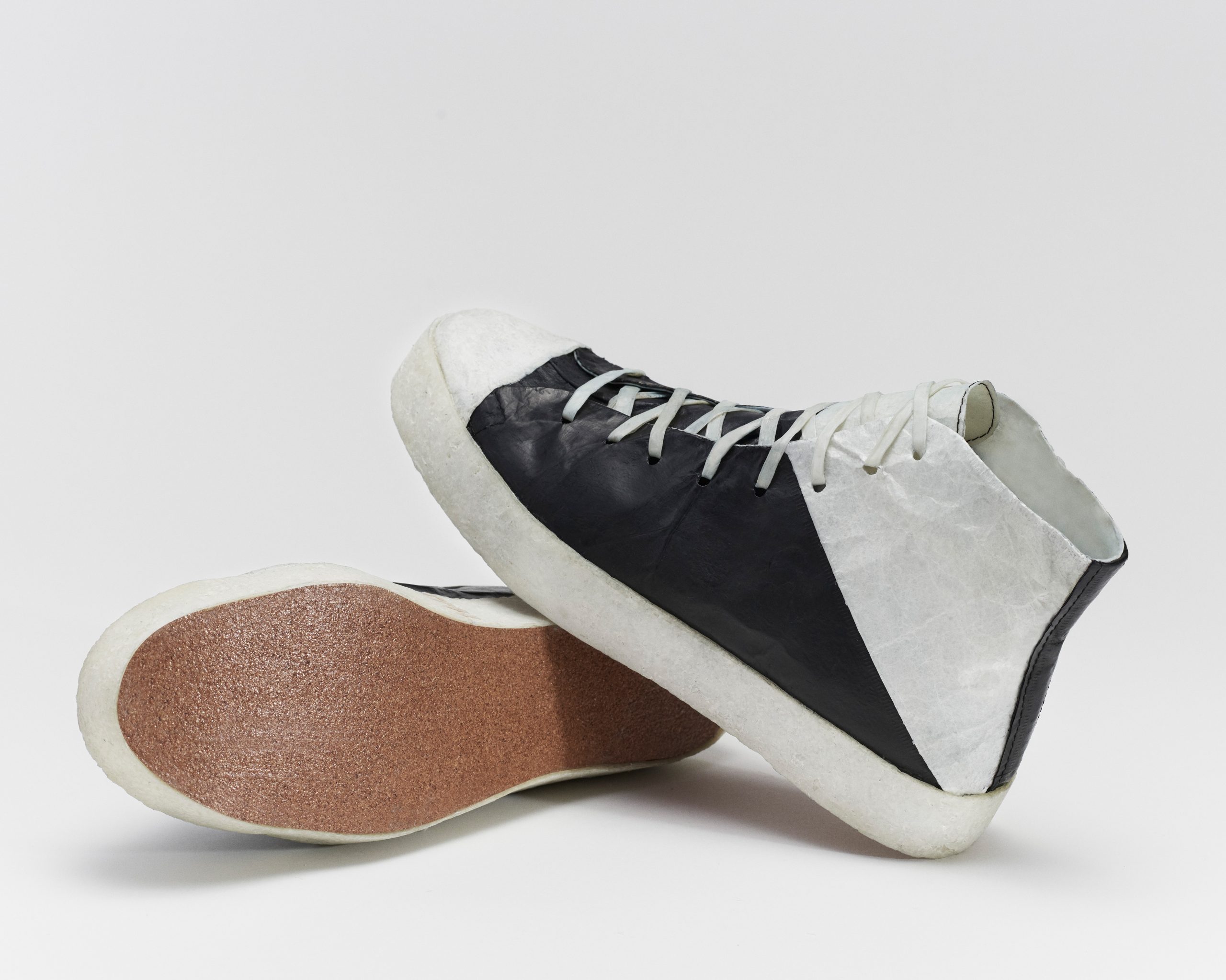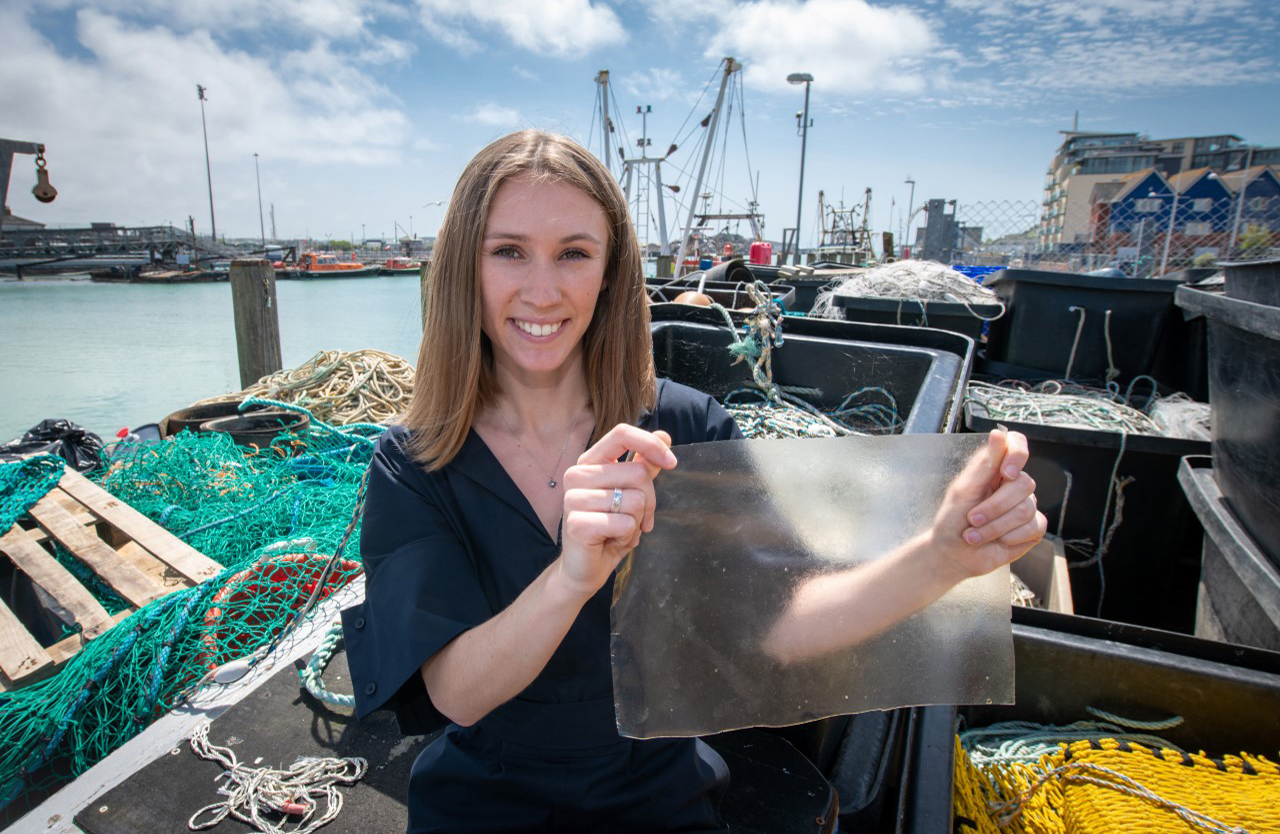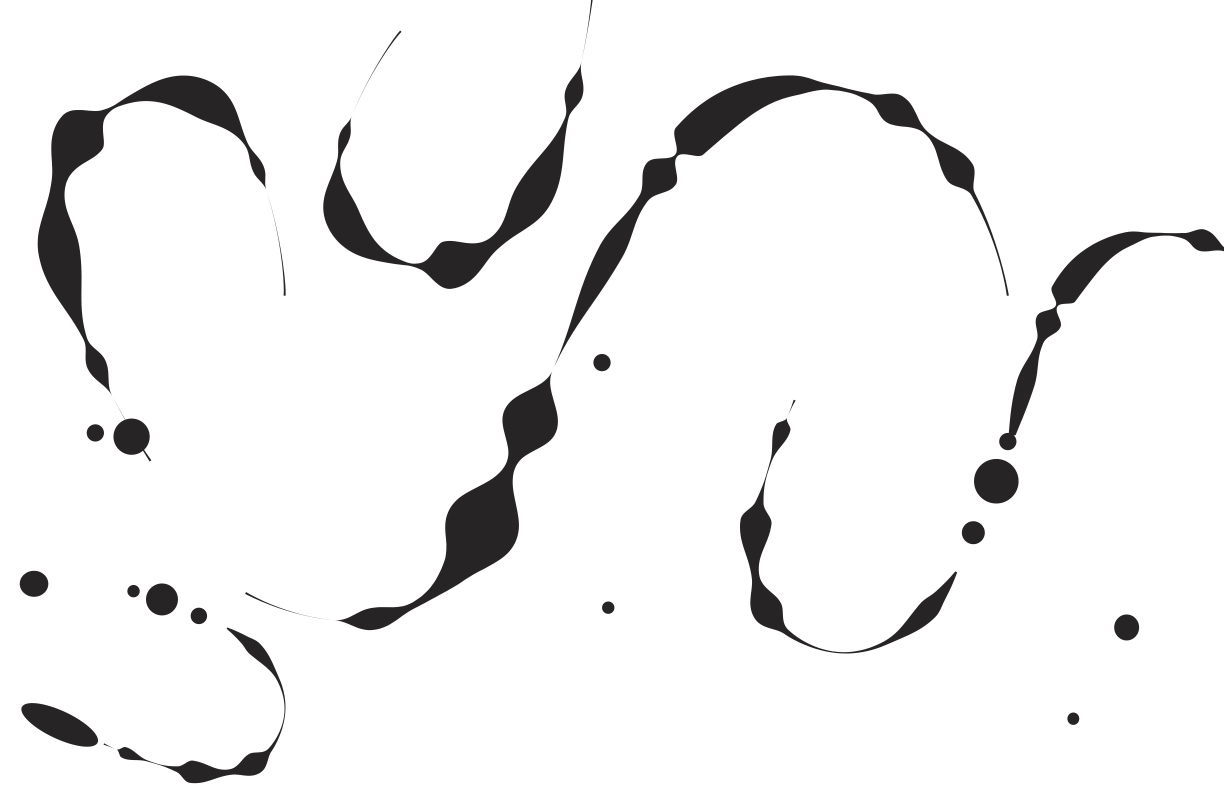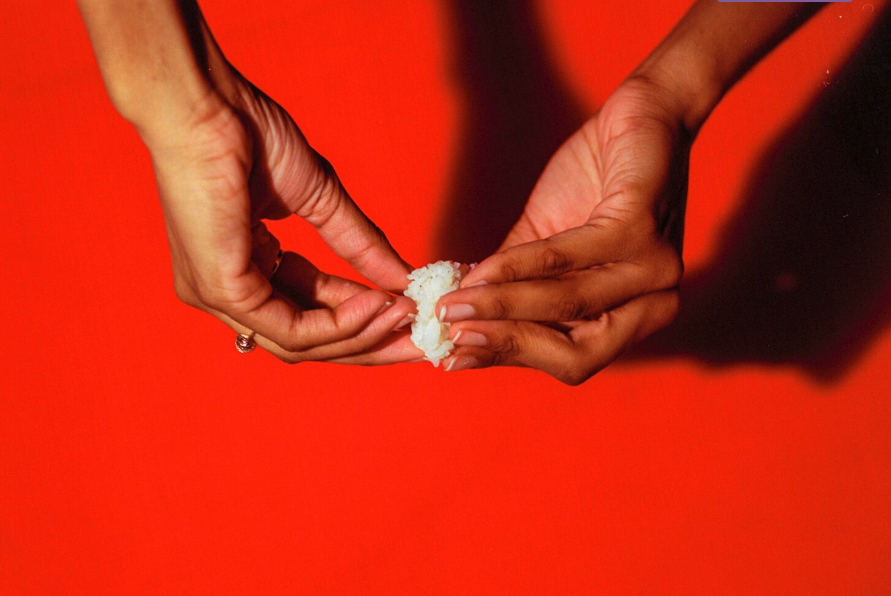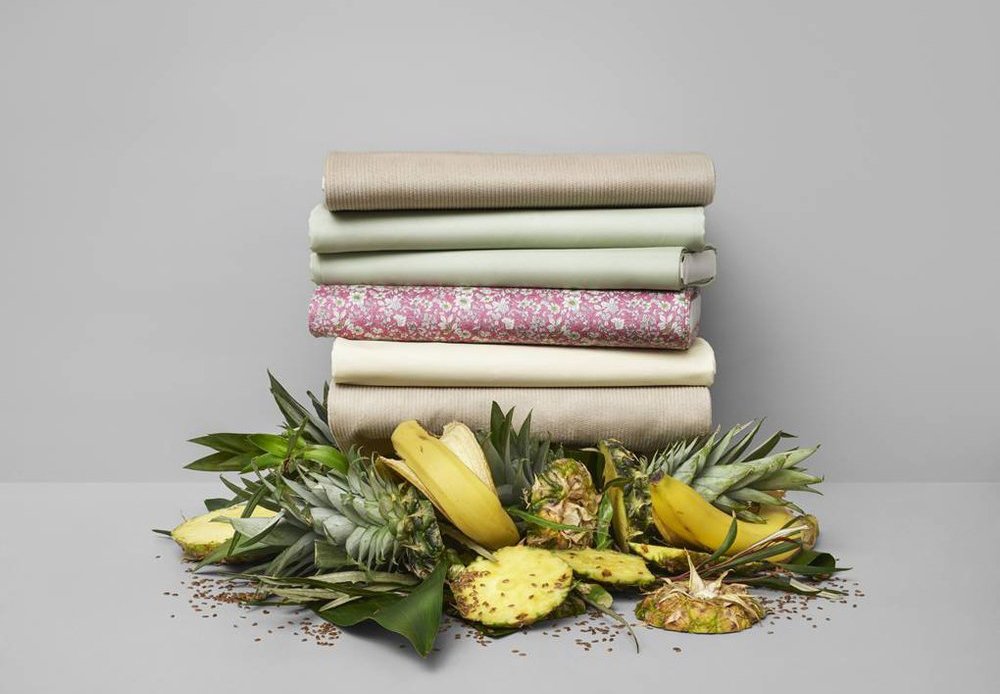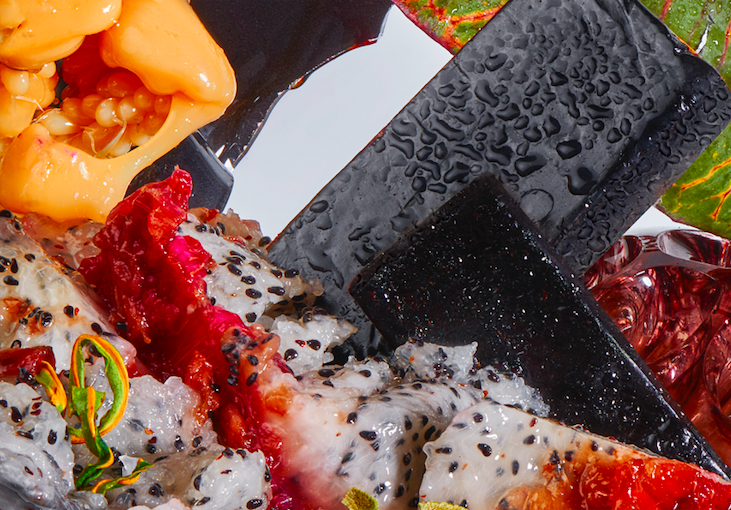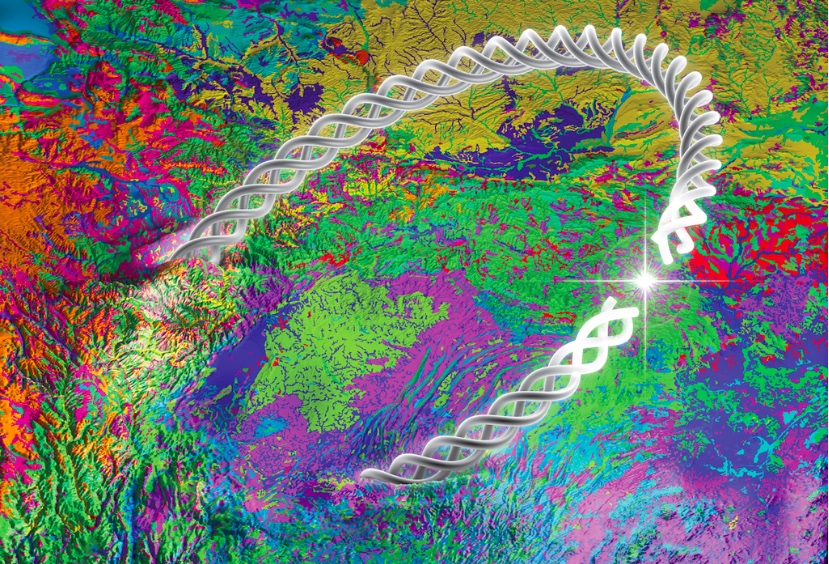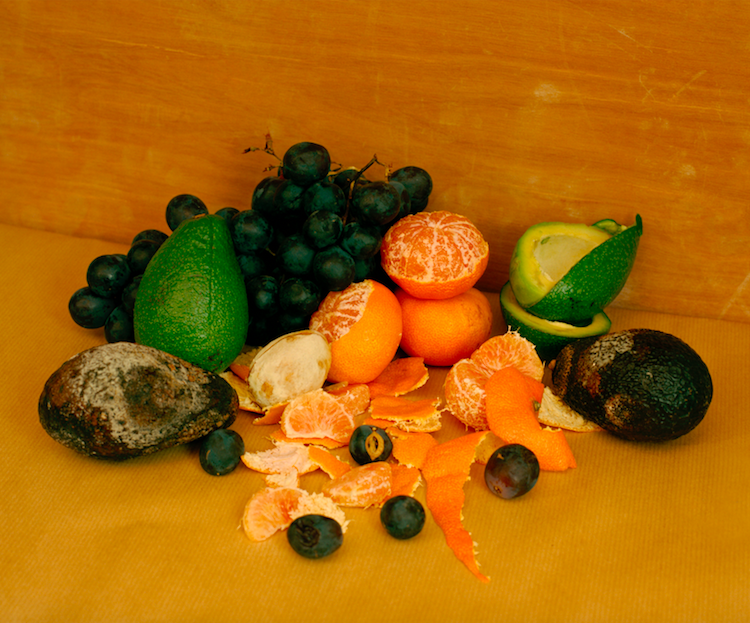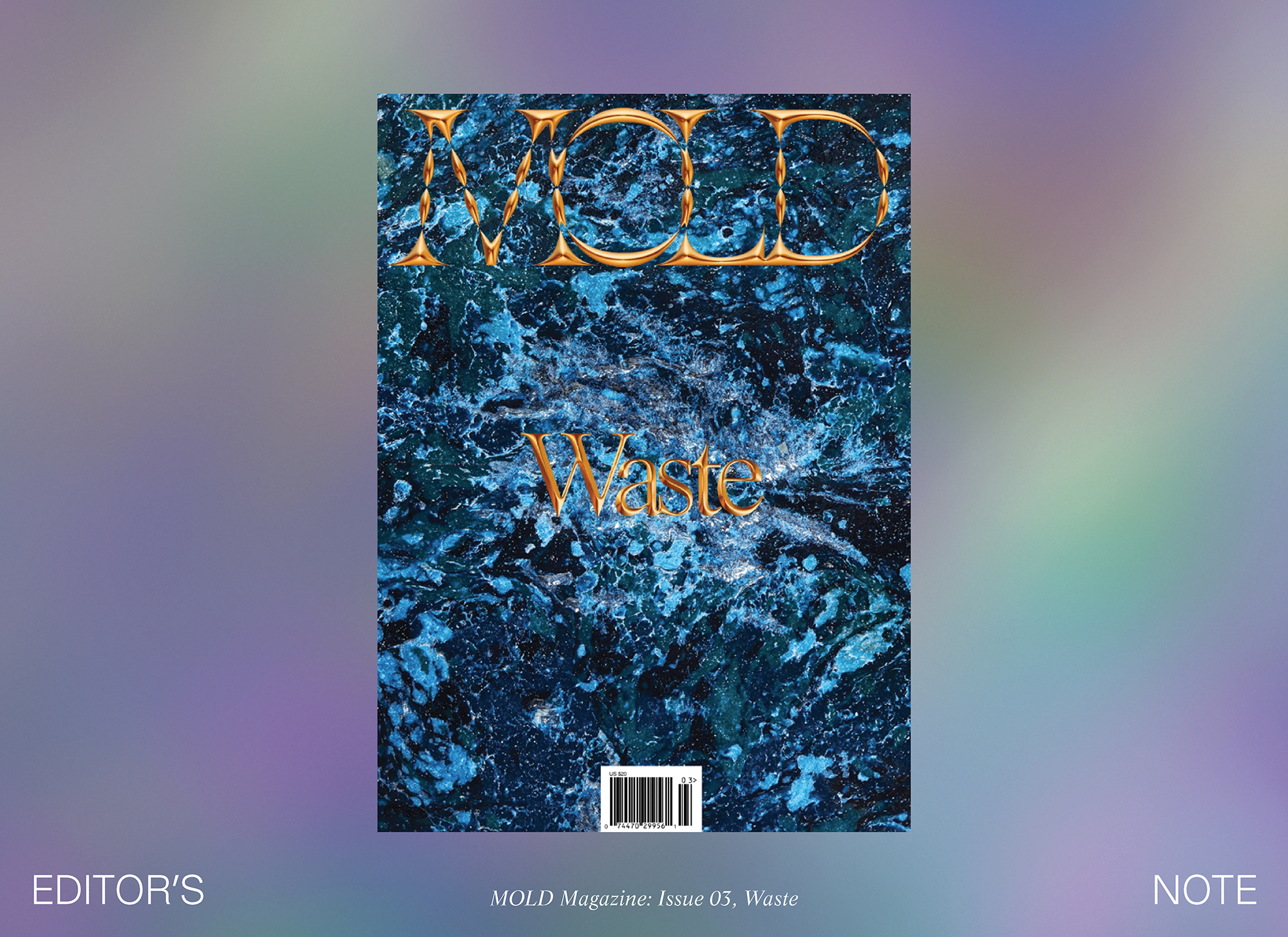Project Overview
The aim of this project is to outline a circular process in which waste generated by one process serves as nourishment for another. It seeks to clarify the potential of ‘growing materials’, namely microalgae, in promoting ecological regeneration by actively contributing to the nourishment of plant life. The main inspiration and motivation to pursue this project was to concretely show the possibility of being able to produce a fully circular product with a cradle-to-cradle approach.
Problem
Waste, akin to materials, constitutes an intrinsic element of human development, serving as one of the evolutionary legacies transmitted to next generations. It provides multifaceted insights into an individual’s lifestyle and habits. In this context, planned obsolescence has gradually become integrated into our purchasing habits. It is a system that perpetuates our existence, insidiously infiltrating itself to the point where it escapes our awareness, making its eradication equally challenging. Therefore, this project contends that the research of our material interactions is fundamental to the development of a more responsible and conscious production approach.
Process
The application that was developed for the implementation of this material was packaging in the floriculture sector. Through this packaging, a large number of people are given the opportunity to come into contact with the project and the process behind the concept of circularity. We are all in contact with packaging, willingly or unwillingly, every day, and therefore it is indirectly an effective and powerful communication method. A wide audience is able to experience the possibilities in material recovery, demonstrating how it is possible to make something from a material that society considers waste.
There is currently no product that combines wood powder with microalgae. The combination of these two ingredients makes it possible to prolong the life of the material, thanks to the properties of wood that allow it to be more durable, while at the same time fulfilling the function of releasing water gradually and regularly, thus remedying water shortages in agriculture. Microalgae absorbs nutrients during its life cycle and has the ability to release them during the material’s degradation phase, stimulating the growth of new plants. This material is also easy to Do-It-Yourself, providing opportunities to anyone to easily recreate it at home without special requirements.
Designing the Future of Food
This project is derived from waste that is produced by each of us. The microalgae biomass comes from a purification process of domestic wastewater from a German waste disposal center (Metabolon, in Lindlar). Thanks to the nutrients (such as ammonia, nitrogen, and phosphorus) in the domestic water, the microalgae incorporate these nutrients through their own purification process, which will remain within these microorganisms even at the end of their lives. Subsequently, the biomass used to produce the material will act as a biostimulant for new plants. The project strives to elucidate the potential of growing materials in fostering ecological regeneration.
About the Practice
Laura Bordini is an eco-social designer living in Bolzano, Italy. Her areas of focus include material research, bio-design, and any field related to both environmental and social sustainability. She is constantly seeking a synergy between humanity and nature through a holistic and multifaceted approach given by the combination of different disciplines. Currently, her professional research is focused on materials and new technologies and how they can improve our current habits by finding more sustainable alternatives. Her aim is to facilitate a deeper understanding of both our natural and social environments by proposing transformative interventions through design.
